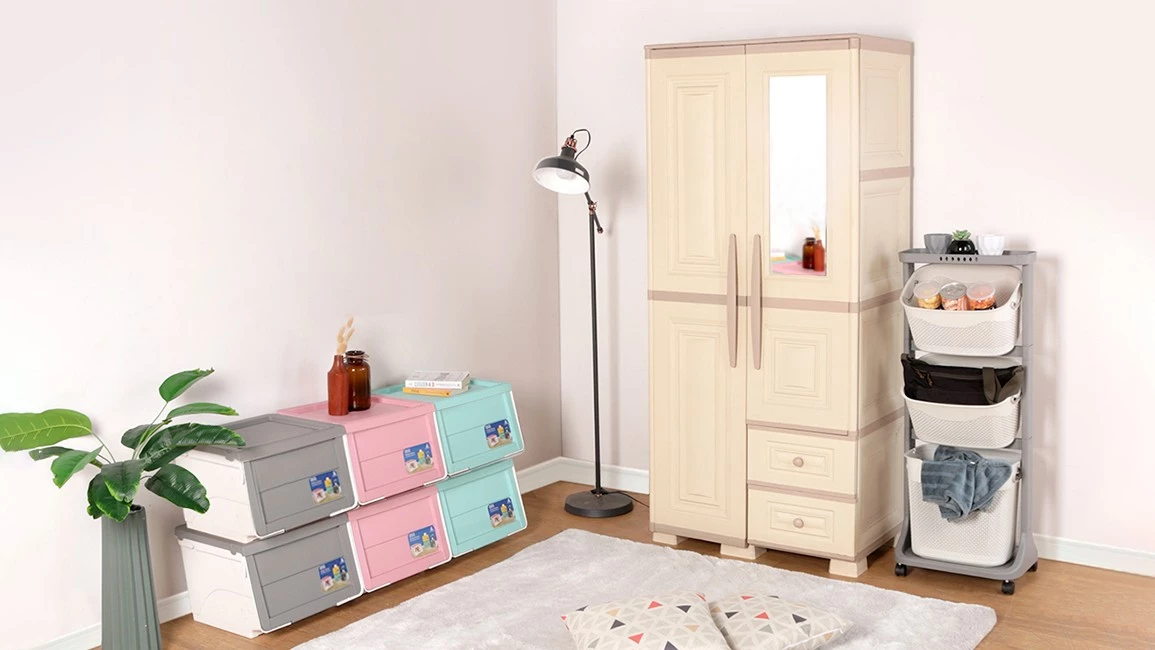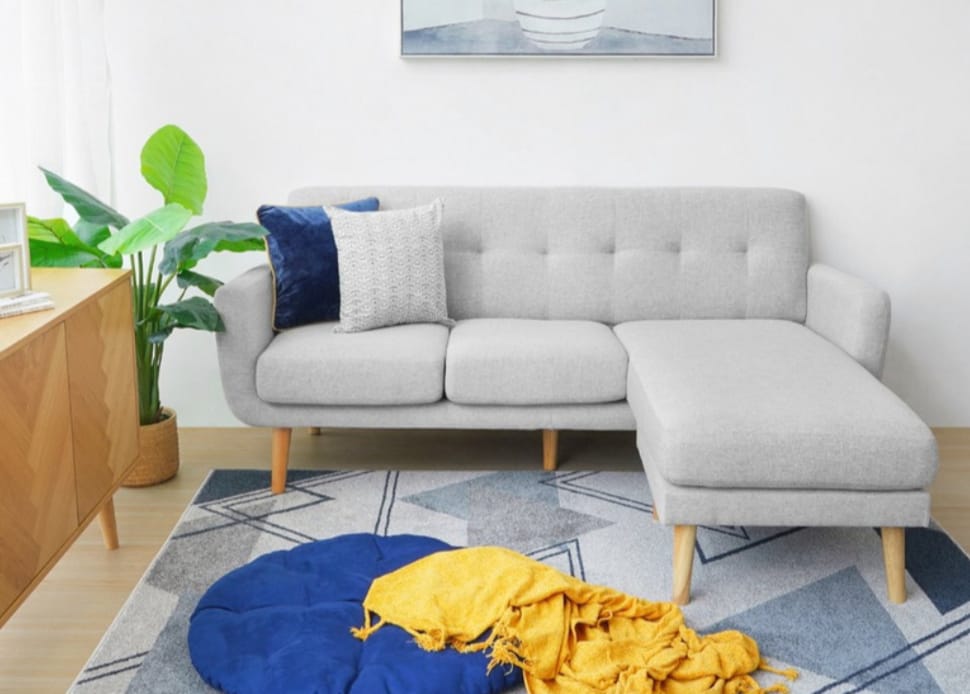Furniture Finesse Navigating the World of Interior Design and Comfort
Furniture is more than just functional pieces; it’s a reflection of personal style, comfort, and the essence of a living space. In this comprehensive guide, we delve into the art of choosing and styling furniture, exploring the evolving trends, design principles, and the transformative impact that well-selected pieces can have on your home.
The Evolution of Furniture Design
Early Beginnings: From Functional to Artistic
The history of furniture dates back to ancient civilizations where early humans used basic forms for seating and sleeping. As societies progressed, furniture evolved from purely functional to incorporating artistic elements, reflecting cultural influences and craftsmanship.
Renaissance Elegance: The Birth of Style
The Renaissance era marked a significant shift in furniture design. Influenced by classical ideals, furniture became more ornate, with intricate carvings and luxurious materials. Styles like Baroque and Rococo emerged, showcasing opulence and grandeur.
Industrial Revolution: Mass Production and Accessibility
The Industrial Revolution brought about mass production, making furniture more accessible to the general population. Factories produced standardized pieces, and new materials like metal and plastic found their way into designs, revolutionizing the industry.
Arts and Crafts Movement: Embracing Handcraftsmanship
In response to industrialization, the Arts and Crafts movement emerged, emphasizing handcraftsmanship and a return to traditional craftsmanship. Furniture during this period celebrated the beauty of natural materials and detailed handwork.
Modern and Contemporary Design Principles
Form Follows Function: Embracing Minimalism
Modern furniture design often adheres to the principle of “form follows function.” Minimalism became a hallmark, with clean lines, simple shapes, and a focus on functionality. Furniture became a statement of utility and aesthetic simplicity.
Ergonomics: Designing for Comfort
Ergonomics plays a crucial role in contemporary furniture design. Comfort is a priority, and designs are crafted to support the natural movements of the human body. Ergonomic chairs, sofas, and beds are tailored for maximum comfort.
Sustainable Design: Eco-Friendly Furniture Choices
Sustainability is a growing concern in furniture design. Manufacturers and consumers alike are opting for eco-friendly materials such as reclaimed wood, bamboo, and recycled metals, aligning furniture choices with environmental consciousness.
Types of Furniture and Their Functions
Living Room Furniture: The Heart of the Home
Living room furniture sets the tone for your home. Sofas, coffee tables, and entertainment centers create a welcoming space for relaxation and socializing. Styles range from classic to contemporary, allowing for diverse design expressions.
Bedroom Furniture: Creating Tranquil Retreats
The bedroom is a sanctuary, and furniture choices contribute to its ambiance. From bed frames to dressers and nightstands, bedroom furniture combines functionality with aesthetics, offering a personal retreat for rest and rejuvenation.
Dining Room Furniture: Where Meals and Memories Unfold
Dining room furniture brings people together. Dining tables, chairs, and sideboards not only serve functional purposes but also contribute to the atmosphere of shared meals and special occasions.
Home Office Furniture: Productivity in Style
As more people work from home, home office furniture has gained importance. Desks, ergonomic chairs, and storage solutions are chosen not only for functionality but also for creating an inspiring and productive workspace.
Outdoor Furniture: Embracing Nature
Outdoor spaces are extensions of the home, and outdoor furniture is designed to withstand the elements while providing comfort and style. From patio sets to lounge chairs, outdoor furniture enhances alfresco living.
Choosing the Right Furniture for Your Space
Style and Aesthetics: Defining Your Design Language
Your furniture choices should align with your personal style and the overall aesthetics of your home. Whether you prefer traditional, contemporary, or eclectic designs, coherence in style creates a harmonious living space.
Size and Scale: Proportions Matter
Consider the size and scale of your furniture in relation to the space. Oversized furniture can make a room feel cramped, while undersized pieces may lack impact. Finding the right proportions is key to a well-balanced look.
Functionality: Balancing Form and Purpose
Furniture should not only look good but also serve its intended purpose. Consider the functionality of each piece in relation to your lifestyle. Storage solutions, convertible furniture, and multi-functional pieces add value to your space.
Trends and Innovations in Furniture Design
Sustainable Materials: Ethical and Eco-Friendly Choices
Sustainability continues to be a dominant trend. Furniture made from recycled or sustainable materials is not only environmentally conscious but also aligns with the desire for ethical consumer choices.
Modular and Customizable Furniture: Personalized Living Spaces
Modular and customizable furniture allows homeowners to adapt their living spaces to changing needs. From modular sofas to customizable shelving units, these pieces offer flexibility and personalization.
Technology Integration: Smart Furniture Solutions
With the rise of smart homes, furniture is integrating technology. From charging stations in tables to smart lighting solutions, these innovations enhance convenience and connectivity in modern living spaces.
Future Trends in Furniture Design
Biophilic Design: Bringing Nature Indoors
Biophilic design, incorporating natural elements into furniture, is gaining traction. Furniture with organic shapes, natural textures, and sustainable materials creates a connection with nature within interior spaces.
Virtual and Augmented Reality: Customizing the Shopping Experience
The use of virtual and augmented reality is expected to revolutionize furniture shopping. Customers can visualize how furniture will look in their homes before making purchasing decisions, enhancing the online shopping experience.
Conclusion: Curating Your Living Canvas
In conclusion, furniture is not just about functional necessities; it’s an integral part of creating a living space that reflects your personality, style, and values. From historical influences to contemporary trends, the evolution of furniture design showcases the dynamic nature of our living spaces. By carefully selecting and styling your furniture, you have the power to transform your home into a haven of comfort, aesthetics, and personal expression.




